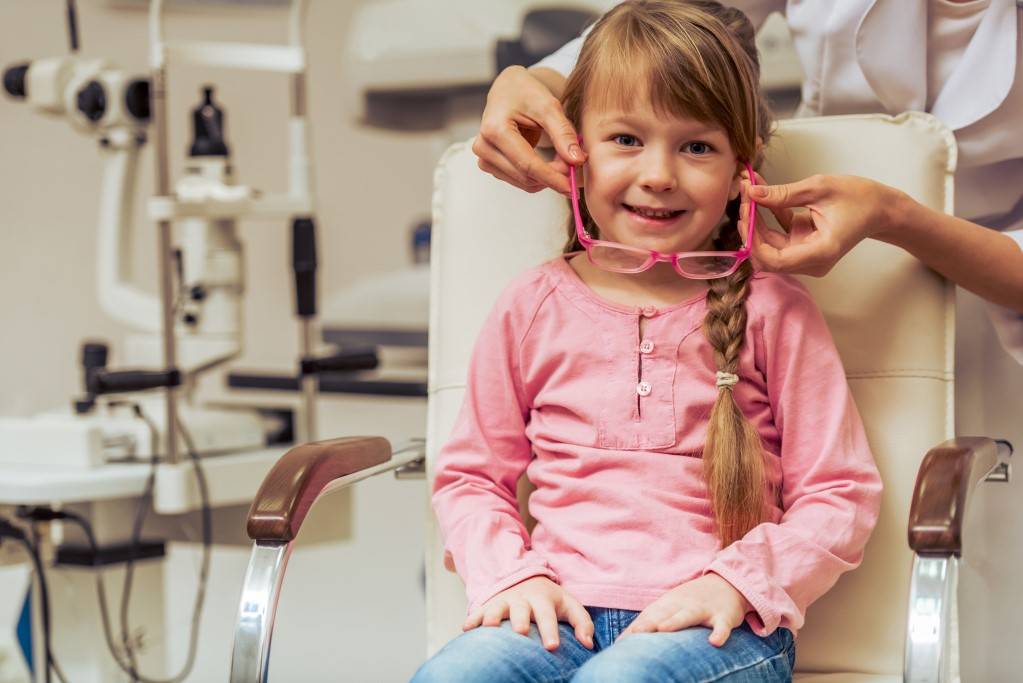
Pediatric Eye Exams
You may wonder whether your child has a vision problem or when you should schedule their first eye exam.
According to experts, 5 to 10% of pre-schoolers and 25% of children have vision problems. Identifying vision problems early is important. Left untreated, some vision problems can cause permanent vision loss.
When should your children have an eye examination?
The standards according to the American Optometric Association (AOA) are
- At 6 months infants should have their first eye examination if their eyes don’t appear aligned and clear
- Throughout infancy and toddler age their eyes should appear straight and clear with no eye rubbing or discharge and visual tasking capability
- At 5 or 6 they should have an eye examination before they start school
The AOA recommends eye exams once every two years if no vision correction is needed. Children with vision correction needs should be examined annually or according to their optometrist’s recommendation.
Children need important visual abilities for effective learning:
- Distance vision
- Near vision
- Binocular skills
- Eye/hand coordination
- Eye movement skills
- Focusing
Some states have eye exam requirements for children entering school.
What happens at a child’s eye exam?
Here is what to expect from your child’s first eye exam.
The eye doctor will ask about your child’s overall health, physical activities, and any eye problems you have observed. The doctor will engage with the child to elicit any vision issues.
What eye tests will my child have?
Your child’s eye exam will include:
- Vision (visual acuity) test – We check how well your child sees at different distances. We also check the depth perception (binocular coordination) of your child’s eyesight.
- Pupil test – We check your child’s eyes response to light.
- Eye movement test – We check your child’s side (peripheral) vision & the movement of their eyes.
- Eye health
- Refractive status
How is my child’s eye exam done?
Similar to an adult examination. The doctor may dilate your child’s pupil. This lets the doctor see the retina and optic nerve, at the back of the eye. The drops may sting for a moment. Once the drops are in, the pupils open up in 30 to 40 minutes. Then, the doctor uses lenses & lights to examine the back of your child’s eye. Some of the lights are bright, but most children can tolerate the lights. These effects of dilating are normal and can last anywhere from 12 – 24 hours; during this time your child’s vision will be sensitive, difficult to read and blurry from the dilation.
Vision and learning
According to experts 80% of what your child learns in school is presented in a visual format. They may be at a disadvantage if they have undetected vision problems. In order to address this be sure to schedule a complete eye exam for your child before school starts.
